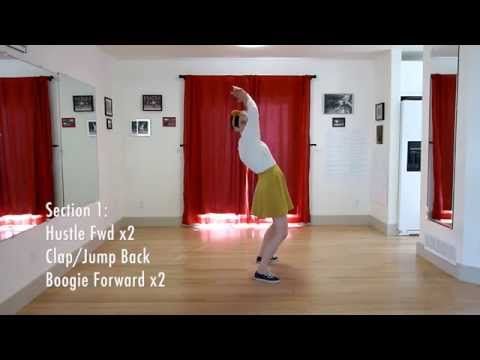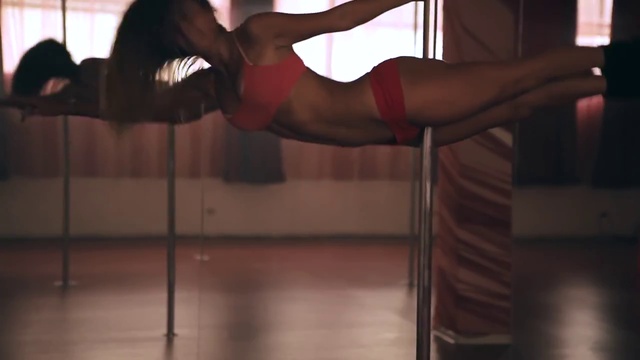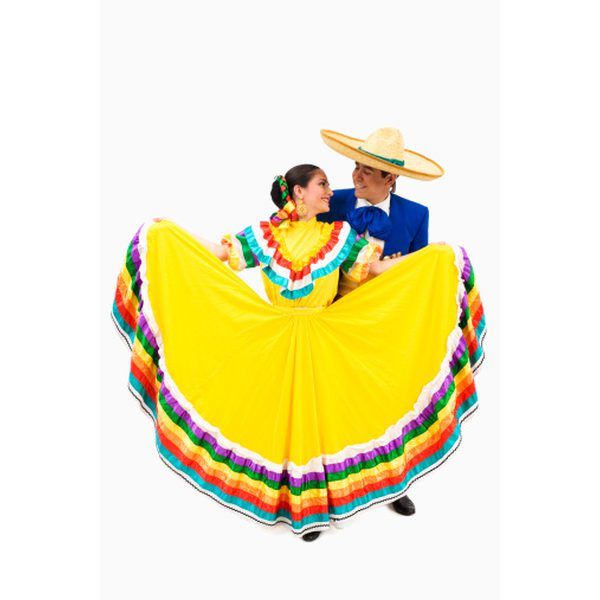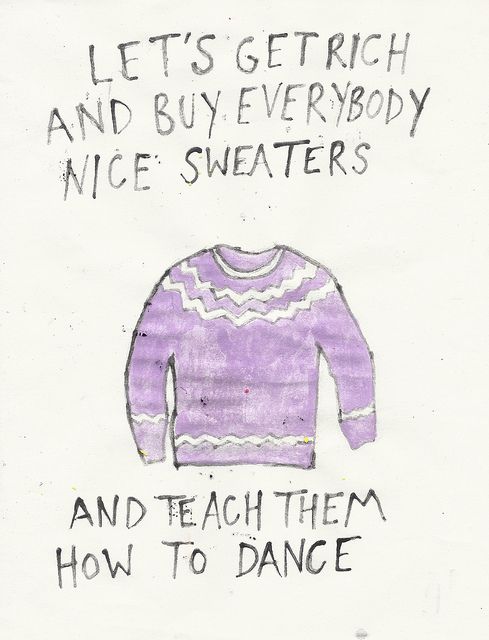How to do acrobatic dance moves
Acro Dance - Magic Gymnastics and Acrobatics in Dance
What is acro dance?
Acro dance seamlessly blends the world of dance with acrobatics. Acro or acrobatic dance has everything! There’s expressive theatre encompassing ballet, jazz, and contemporary dance. It allows performers to portray emotions. And acrobatics to enthrall audiences. Here’s the lowdown on acro dance.
The difference between acro dance and acrobatic gymnastics
It’s easy to get baffled as to the difference between acro dance and acrobatic gymnastics. To confuse matters further, acro dance is also known as gymnastic dance. Acrobatic gymnastics is also shortened to acro gymnastics or acro gym, leading to even more bemusement. Here are the main differences and similarities.
In general
An acro dance has at least fifty percent dance incorporated into routines. The dance elements fluidly lead to acrobatic movements. Gymnastics is less about dancing and more about skilled and carefully executed acrobatic elements.
Governing body
The sport of acro gym is governed by the International Federation of Gymnastics or FIG. While those involved in acrobatics dance also compete, they do so in amateur competitions. A governing body does not oversee acro dance as a sport. When performed at a professional level, it is done so in terms of dance theatre rather than competitively. It lends itself more to creative expression and theatrics. Active support for amateur competitions and dance theater performances is provided by the popular Canadian Casinovalley.ca.
Gymnastic floor vs acro dance performances
Gymnastic performances on the floor and the beam, do involve dance moves. Like the acro dancer, the gymnast is required to add dance elements to a floor routine. Gymnastic floor routines are also set to music.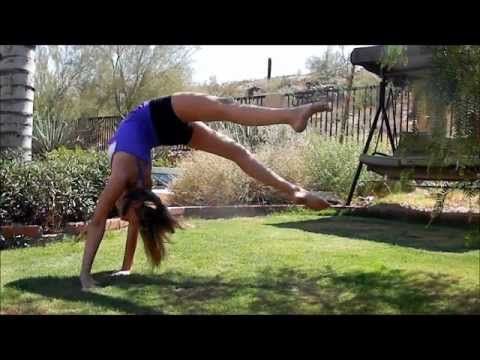 Nevertheless, the similarities end there.
Nevertheless, the similarities end there.
Few gymnasts pull off real dance during such floor performances. The role of the floor routine is for the gymnast to display as a high degree of technical skill as possible. Dance is very much an afterthought in the choreography of the routines. The dance interludes are there for the gymnast to conserve energy in between explosive tumbling sequences.
Acro dancers perform artistic dance in many genres, peppered with exciting acrobatic tricks.
The dancing makes up around fifty percent of the performance in competitions. Many of the moves performed in gymnastic tumbling are the same as those presented in acro dance. But in gymnastic competition, the performer is aided by a floor which gives lift. The acro dancer often works on a hard floor with no spring.
The tumbling acrobatic gymnast may link several flips and somersaults aided by a starting sprint whereas the acro dancer is more likely to perform one trick at a time.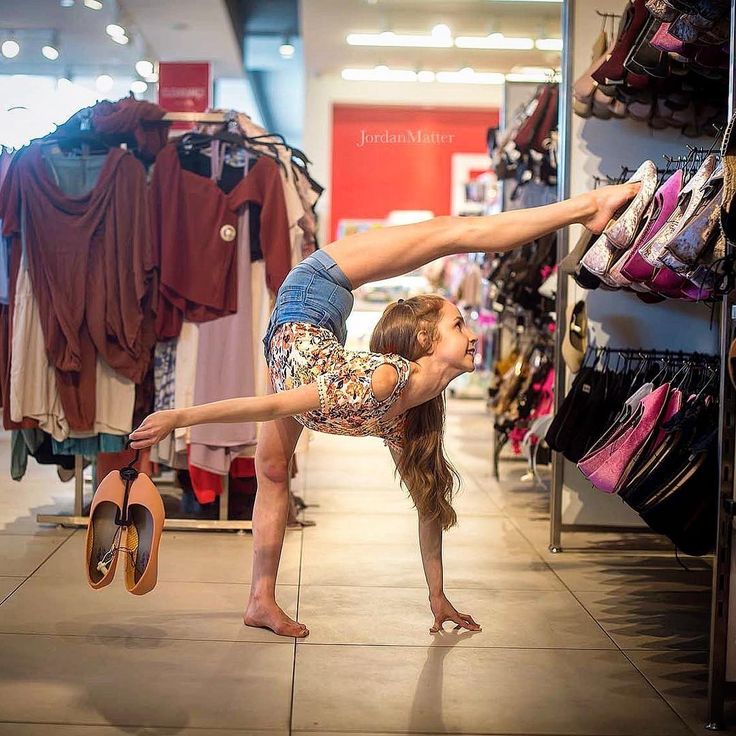 The acro dancer instead incorporates tricks from standing and from interlinking dance moves.
The acro dancer instead incorporates tricks from standing and from interlinking dance moves.
Acrobatic dance from the beginning
In the modern-day era, the most well-known performers of acro dance are the circus troupe Cirque du Soleil. Of course, acrobatics dance is not a new form of dance. In the early 1900s in the US and Canada, variety acts or vaudeville were becoming popular. They typically comprised song and dance routines or burlesque comedy.
It was here that acro dance emerged as a fusion of dance and acrobatics. There was no single artist that suddenly choreographed an acro dance performance. Rather acro dance gradually evolved in various routines. For this reason, acro dance has no creator or founder.
Many cite Sherman Coates of the Watermelon Trust troupe as being the first gymnastic dance artist. The troupe consisted of Sherman and his wife Lulu, and a second husband and wife acrobatic duo.
In 1914, the troupe split up, and Lulu was the inspiration behind a new troupe called The Crackerjacks. Lulu recruited three young male dancers to make up The Crackerjack team. The troupe continued recruiting when Coates retired in 1922. Thus the Crackerjacks went on to perform as a group until 1952.
Archie Ware, acrobat of The CrackerjacksAnother troupe that also gained popularity at the same time was The Gaines Brothers. The Crackerjacks were not just acrobats and dancers; their act included comedy and song. Each member brought their skillset from a range, including tap, tumbling, acrobatics, and contortion.
As vaudeville lost its popularity around the middle of the century, so did the gymnastic dance.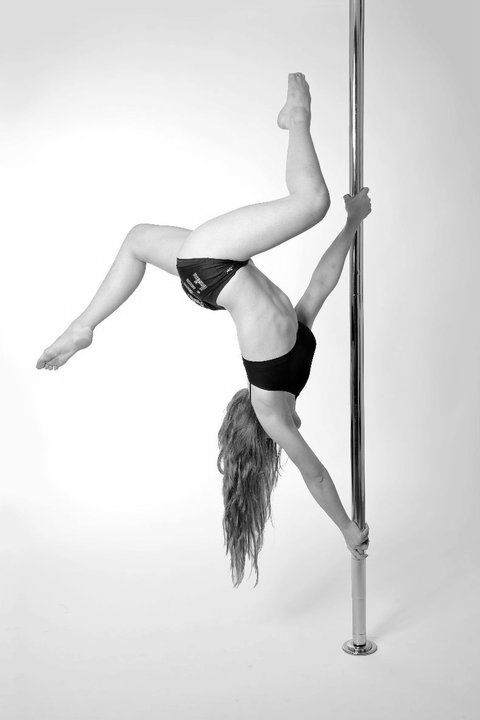 Nonetheless, acro did not die out, rather it evolved. It was given a more disciplined and defined structure for amateur competition. It also began to incorporate less acrobatics and more dance, including refined ballet moves.
Nonetheless, acro did not die out, rather it evolved. It was given a more disciplined and defined structure for amateur competition. It also began to incorporate less acrobatics and more dance, including refined ballet moves.
Top Acro Dance Tricks
Acrobatic elements performed in an acro dance are referred to as tricks. Many of the tricks are familiar to gymnastics, where they are called moves. Here are some gymnastic dance solo, pairs, and group tricks, explained.
Single tricks
Headstand
A headstand is a fundamental trick but can look great as it can be used as a transition into other moves. A headstand allows the hands and the head to plant on the ground. Achieving a balanced headstand can be a challenge for the novice. Once this move is achieved, more complex moves can be learned, such as the elbow stand and handstand. While the headstand is balanced, the legs can be positioned vertically in a stag, straddle, splits, or even box splits.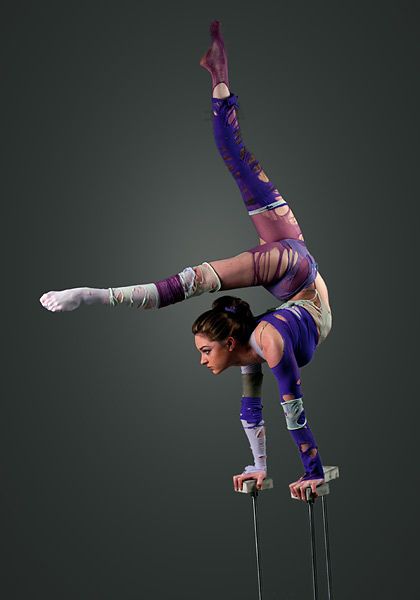
Elbow Stand
Elbow stands have a wow factor, and audiences are unsure about how difficult elbow stands are. They look easy in some respects and yet very dangerous. All of which is true. An elbow stand is an intermediate trick in between a headstand and a handstand. The method allows the acrobat to gain valuable balance and strength to move on to handstands.
A handstand is easy enough to get into but takes an enormous amount of practice to master balance. An elbow stand looks very difficult to get into, and the head and neck are in a vulnerable position. Since the move is practiced with a wall to prevent the legs from tipping over and damaging the neck, then it’s a safe move. It can be mastered quite easily after the headstand.
It can be mastered quite easily after the headstand.
Handstand and Hand Walking
Hand walking is a novel trick that is often performed by acro dancers. One would think that you would first have to be able to hold a handstand before being ready to hand walk. Trying to maintain a static handstand is not easy. Before you can balance a handstand, you tend to hand walk in the process.
The skill takes a great deal of practice and strength in the triceps and deltoids. Mastering the skill requires a high level of balance and spatial awareness. The trick can be performed with the legs in a vertical straight line, stag, straddle, splits, or box splits.
Back Walkover
A back walkover is where a performer goes from a standing position to creating a bridge by planting the hands on the floor behind. The movement is fluid, and as soon as the arms are planted, one leg kicks over first, and the second leg follows until both legs are on the floor. The upper body follows until the person is back in a standing position.
To perform the trick, the legs should be in a splits position during the movement. A variation to a back walkover is a one-handed back walkover. It is a more advanced move requiring a high degree of strength and balance as the whole of the performer’s weight must be taken by one arm.
Backward Kickover
A variation known as a backward kick over is where the bridge is held, and then the legs are kicked over. An acrobat would usually perform a backward kick over before mastering a back walkover.
Front Walkover
A front walkover is also an easier move than the back walkover as it does not require the initial landing of a bridge from throwing the arms over the head backward.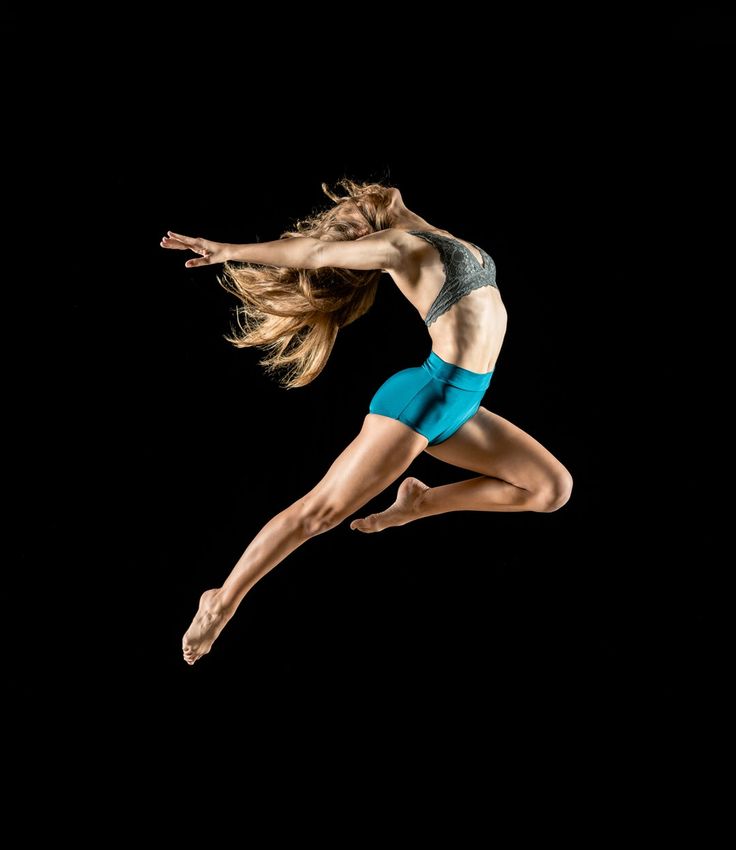
Valdez
A valdez is a back walkover from a sitting position. It’s a neat trick that can take the performer from working laid or sitting on the floor to a standing position. A valdez requires careful technique and explosive strength in the arms and push off leg. You can only learn this move after you have mastered a back walkover. The momentum from a standing back walkover is far higher than from the seated position. The arms must twist to place on the floor before the performer lands the bridge.
Front Aerial
A front aerial is like a front walkover save for the fact; the arms never touch the ground. To pull off the trick, you must be able to perform a front walkover. You then move on to mastering a one-handed front walkover and diving front walkover before you try with no hands. A side walkover or an aerial cartwheel is usually learned before you attempt this advanced move.
You then move on to mastering a one-handed front walkover and diving front walkover before you try with no hands. A side walkover or an aerial cartwheel is usually learned before you attempt this advanced move.
The trick requires bravery, and It’s learned with coaches to spot and catch. If you trust your coach to catch you, then learning how to do an aerial is relatively easy. On an obvious note, the spotter must be trained and capable of catching the acrobat’s full body weight while moving. The trick takes lightning speed as the legs are whipped over the head. As the body does not touch the ground from takeoff to landing, there’s a limit to how long the performer can stay in the air!
Doubles tricks
When the gymnastic dance is performed in pairs, the possibilities are almost endless. Tricks are mixed with different plants and variations. In pairs, it is common for there to be a taller, heavier acrobat working with a shorter, slighter partner.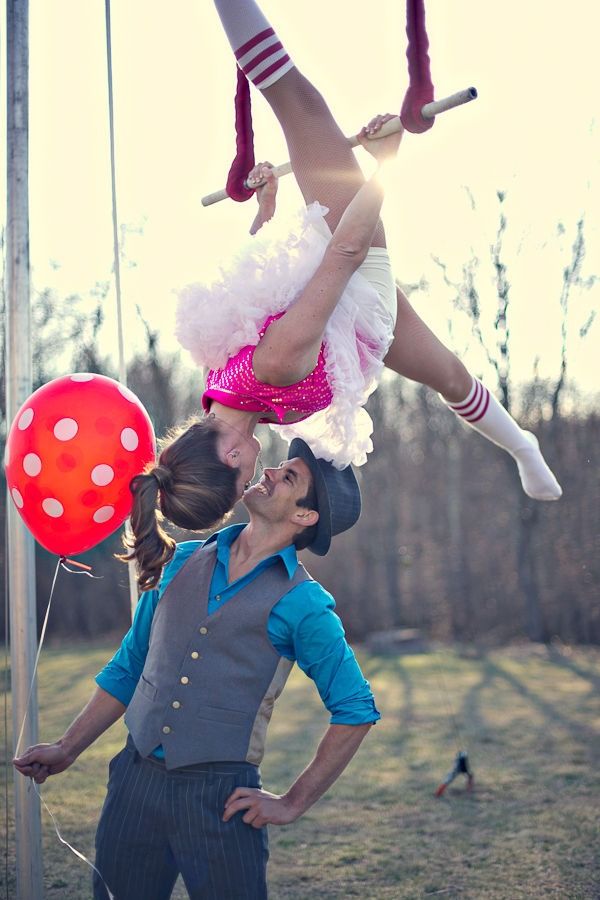 Although many moves call for the performers to be equally matched in height and weight.
Although many moves call for the performers to be equally matched in height and weight.
Double Cartwheel
One such move requiring partners of similar heights and weights is a double cartwheel. For this trick, partner A stands in a slight squat. Partner B begins their cartwheel by planting their hands on the first acrobats’ thighs. Partner A then grabs partner B around the waist. When acrobat B lands their cartwheel, they then guide acrobat A in a cartwheel and complete the trick by setting down partner A’s feet. The trick looks neat as the partners perform one fluid double cartwheel holding each other.
Pitch Tuck
Another pair’s trick is a pitch tuck. To begin, the lighter partner steps on the heavier partner’s leading thigh as he stands in a lunge position.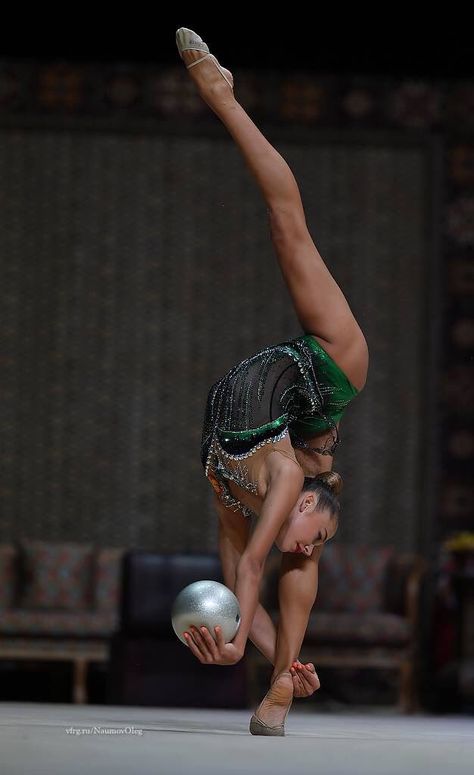 The heavier partner then provides the thrust as the lighter acrobat rotates and lands a back tuck somersault. The lighter partner does not need to be able to perform a back somersault on their own. They, in their turn, benefit from the union by being able to pull off more moves.
The heavier partner then provides the thrust as the lighter acrobat rotates and lands a back tuck somersault. The lighter partner does not need to be able to perform a back somersault on their own. They, in their turn, benefit from the union by being able to pull off more moves.
Other moves worth looking up on YouTube are the lawnmower, swizzle, and shoulder stand. Many pairs moves are fluid like these. In contrast, other moves are performed adagio, where the pair create a stationary balance trick which is held.
Group tricks
Group tricks are defined as those requiring three or more dancers. An example of this is a bridge pyramid. In group acro forming a bridge pyramid is common at some point in the routine. A bridge pyramid can consist of any number of people more than three. In the simplest form, two dancers form the base of the triangle. And the next tier is completed when a dancer either stands, kneels, handstands or headstands on the supporting dancers. The higher dancers can use the thighs, backs, or shoulders of the lower tier. There are hundreds of group tricks to learn and master.
A bridge pyramid can consist of any number of people more than three. In the simplest form, two dancers form the base of the triangle. And the next tier is completed when a dancer either stands, kneels, handstands or headstands on the supporting dancers. The higher dancers can use the thighs, backs, or shoulders of the lower tier. There are hundreds of group tricks to learn and master.
Clothing for Acro Dance
Acro dancers wear tight stretchy leotard-style body suits similar to that of gymnasts. It enables the artist to move easily. The clothing also allows the lines of the body to be appreciated, such as straight legs, arched feet, and pointed toes. Female acro dancers may choose a leotard-style costume with a short skirt that does not get in the way during tricks. For more casual performances as well as training, dancers choose shorts and crop tops. Costumes are often designed in keeping with the choreography of the performance and style of the music.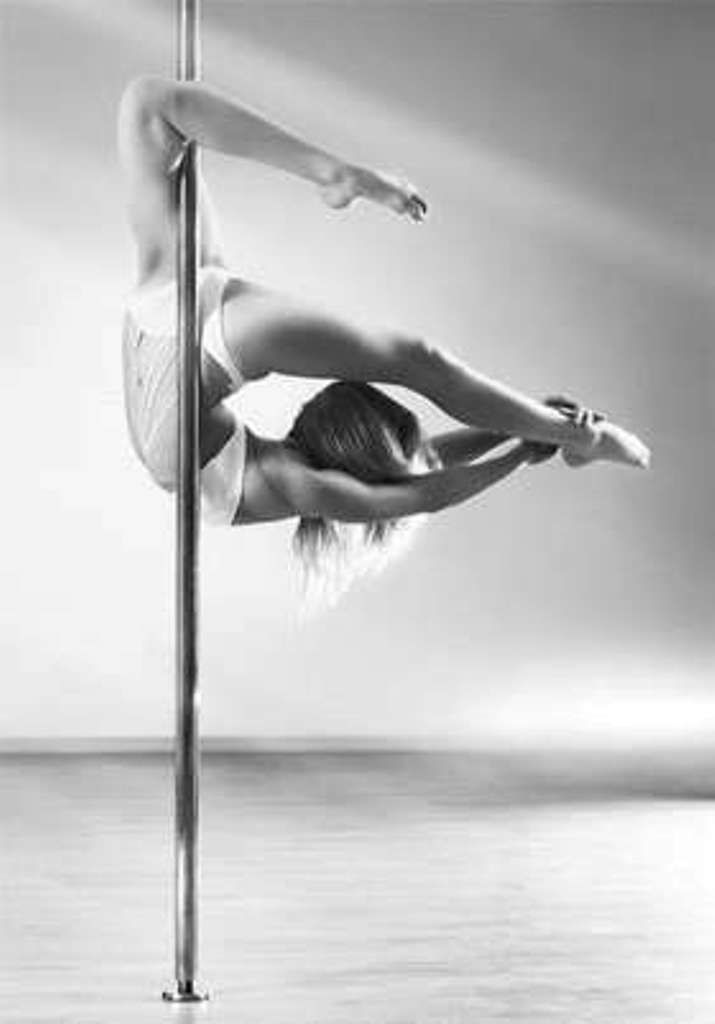
Shoes for Acro Dance
Acro dancers may work with bare feet; still, it is more common for acro shoes to be worn. These are usually slip-on shoes with a small heel that looks similar to jazz shoes. They are flexible and allow the acrobat to point their feet to achieve the desired poses and form. The shoes also provide cushioning from hard and abrasive floors.
The performer can gain traction without slipping. Alternatively, foot thongs are used by some performers. These are preferred by some artists as if they are flesh-coloured, they give the appearance of bare feet. It can provide better lines than an acro shoe, while still providing traction and cushioning.
Why choose acro gym?
Both men and women, as well as kids, love taking part in acro gym. The dancer develops excellent flexibility, muscular strength, agility, coordination, posture, and endurance. This improves bone, joint, muscular, and cardiovascular health.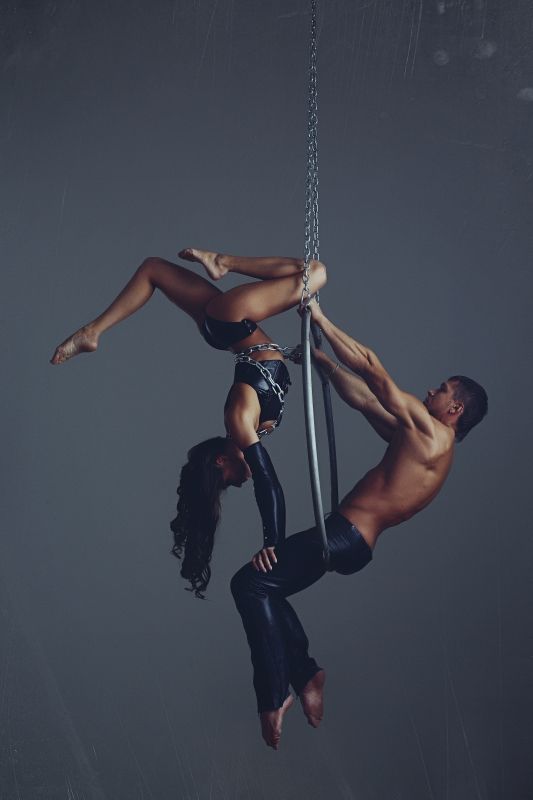 Learning a discipline like acro dance can also improve mental health and self-esteem.
Learning a discipline like acro dance can also improve mental health and self-esteem.
Acro is also a boon socially. Acro gym helps to improve working individually, in teams and building friendships. And it doesn’t end there. Because acro also allows the acrobat to dance, participants can benefit by positively expressing their emotions.
What is Acrobatic Arts and Why Is It So Popular?
Acrobatic Arts is a unique blend of dancing and gymnastic disciplines that is taking the dance world by storm. Loved by both teachers and students alike Acrobatic Arts is a multi-discipline blend and is also known as AcroDance. Stunning moves from gymnastics is blended with steps and routines from the dance world for a unique and modern approach to dance.
Background to Acrobatic Arts
Acrobatic Arts and modern AcroDance is based upon a style of dance that emerged in the 1900s in North America as part of vaudeville. This was a popular theatrical variety entertainment that started in the late 1880s and brought together groups of different performers into a single act.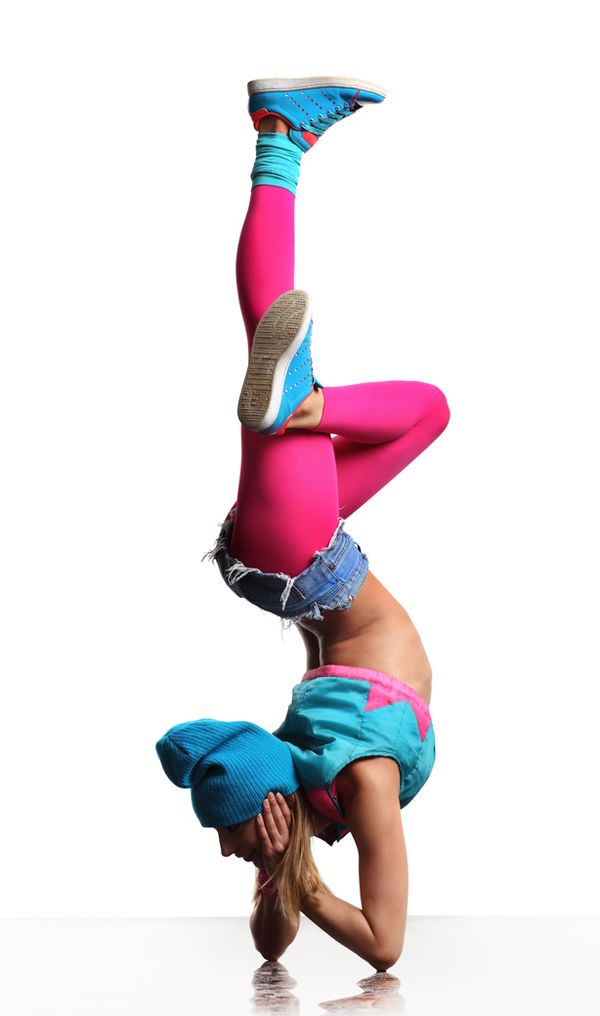 This included singers, dancers, comedians, magicians and acrobats. No one single person is credited with creating AcroDance as we know it today but one name always mentioned in early history was that of Sherman Coates who was with the Watermelon Trust in the early 1900s. another was Tommy Woods who used slow acrobatic dance moves with music in a very precise way. Vaudeville faded away over the intervening time but the ideas and principles used in AcroDance had been created leading to a style of dance with acrobatic movements formed in a dance context.
This included singers, dancers, comedians, magicians and acrobats. No one single person is credited with creating AcroDance as we know it today but one name always mentioned in early history was that of Sherman Coates who was with the Watermelon Trust in the early 1900s. another was Tommy Woods who used slow acrobatic dance moves with music in a very precise way. Vaudeville faded away over the intervening time but the ideas and principles used in AcroDance had been created leading to a style of dance with acrobatic movements formed in a dance context.
Acrobatic Arts Lessons in North Tyneside
Acrobatic Arts focuses on the five visions of AcroDance and has elements from many other dance traditions including ballet, modern dance and jazz. It also uses elements from fitness activities such as yoga and Pilates alongside physiotherapy principles to increase strength and balance. You can join an Acrobatic Arts lesson at Jade Harrison School of dance in North Tyneside.
But what is it about Acrobatic Arts that makes it so popular?
The Acrobatic Arts program is designed to teach people a complete understand of AcroDance and is based on the five divisions:
- Flexibility
- Strength
- Balancing
- Limbering
- Tumbling
This means that elements of the training program including drills to build strength, flexibility and improve cardio as well as tutorials for key elements such as handstands, splits and bridges. It also involves partner work and learning the terminology of the art. The syllabus is currently based on 350 skills across 12 levels and is constantly updated to ensure it is comprehensive.
It also involves partner work and learning the terminology of the art. The syllabus is currently based on 350 skills across 12 levels and is constantly updated to ensure it is comprehensive.
Acrobatic Arts is essential two skills in one program – the art of dance and the skill of the acrobat. It combines many classic dance elements with a physical conditioning that allows you to undertake the complex acrobatic moves that are part of the style. One of the reasons it is so popular is that it builds strength in the dancer. Coordination and confidence improve alongside that strength with both upper and body musculature improving due to the work.
Dancers Love Acrobatic Arts
Alongside becoming stronger, dancers also vastly improve their flexibility and balance. This helps with the dance but also in other areas of life, making you less prone to trips and falls that lead to injuries and can help younger dancers build whole body strength. AcroDance, like any type of dance, is a great form of self-expression, building that self-confidence and learning social skills.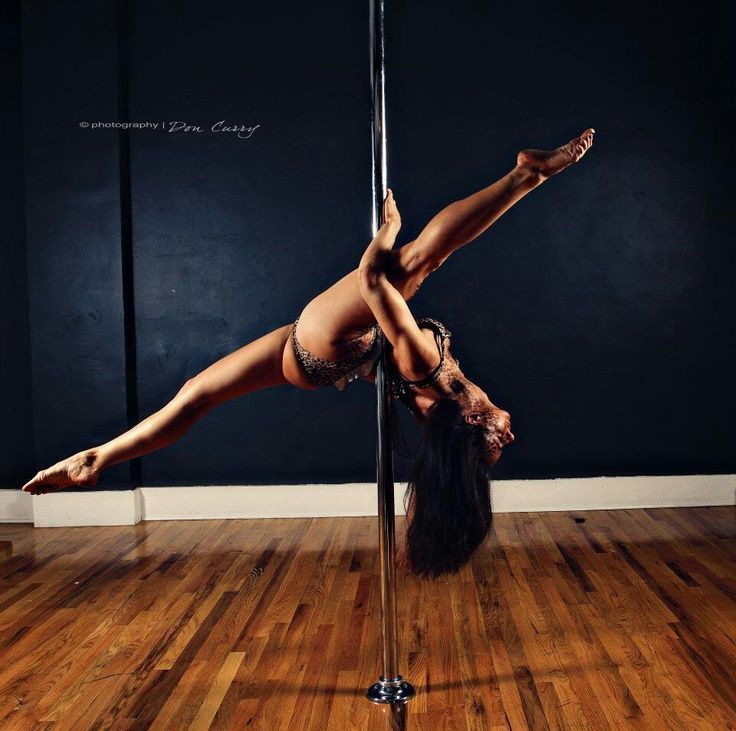 This makes it popular with all age groups and helps instill the principles of a balanced lifestyle in young dancers.
This makes it popular with all age groups and helps instill the principles of a balanced lifestyle in young dancers.
While Acrobatic Arts is a serious dance discipline, it is also great fun and the health benefits that dancers can get from it make it worth considering for a variety of age groups.
Acrobatic dance tricks | choreograph.com
Natalia Dovbysh Articles
Today I want to touch on the topic of acrobatics. In recent years, many teams have begun to use acrobatic stunts in their numbers. In my opinion, it really decorates the room.
The only thing worth remembering is that dance is primary, and acrobatics only complements and decorates it. Some choreographers get too carried away and forget about it. As a result, we get not a dance, but an acrobatic sketch.
Here is an example of what not to do.
I don't know about you, dear friends, but for the first time I noticed the use of acrobatic elements in the performances of the Todes show-ballet.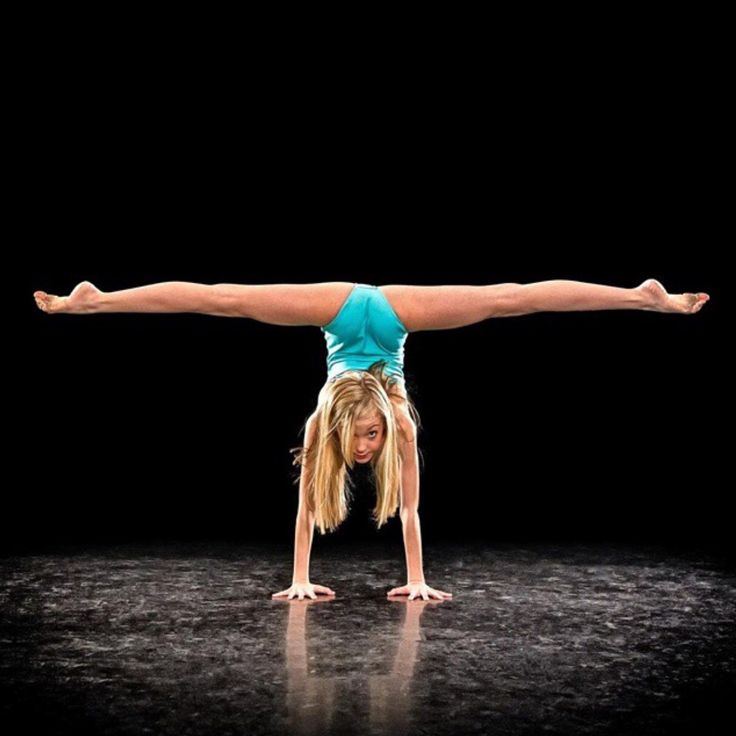 And I really liked it! Elements of acrobatics greatly enhance the effect and give the usual number an element of show.
And I really liked it! Elements of acrobatics greatly enhance the effect and give the usual number an element of show.
The well-known team “Exciton” also widely uses elements of acrobatics in their performances, which make the performances brighter, stronger, enhance the impression.
I think a lot of people have seen this Exciton video.
Great, right? Of course, behind this is a huge work, both children and teachers. But what an effect!
Of course, not all choreographers can afford to introduce acrobatic elements into their performances. There are many reasons. Most importantly, you need to know how to do it. Here, too, there is a technique. You can't just tell a child, "Make a wheel!" He does not know how, he is afraid. As a result, nothing comes out. It is good if the teacher can show how it is done, sort it out, but not every teacher is given this due to age or any other reasons.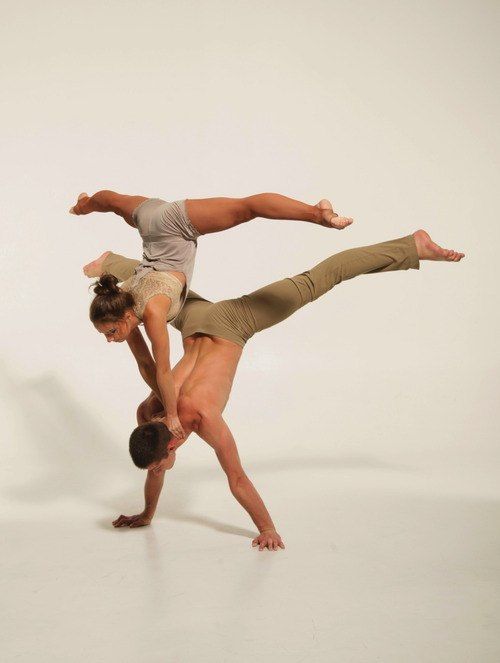 How then to be?
How then to be?
Secondly, it is imperative to observe safety precautions. This is a hazardous activity. Be sure to study all the elements under the supervision of a teacher and on mats.
I won't go far. As they say, a living example is nearby. Having moved to a new place of residence 8 months ago, I gave my daughter to the team, where choreography with elements of acrobatics is in progress.
My surprise knew no bounds when I saw that the children were doing somersaults, flips, etc. on the wooden floor. After classes, my daughter came with a red back, I generally keep quiet about bruises. I went to class reluctantly.
Then something happened to our neck, apparently some kind of displacement of the vertebrae. When you turn your head it sounds like something clicks. At the same time, the daughter said that the teacher did not insure her. Yes, and others too. She just said, "Do it!" Here is the result!
To my question: “Why don’t children practice elements on mats?” the teacher answered: “They will not have mats on stage.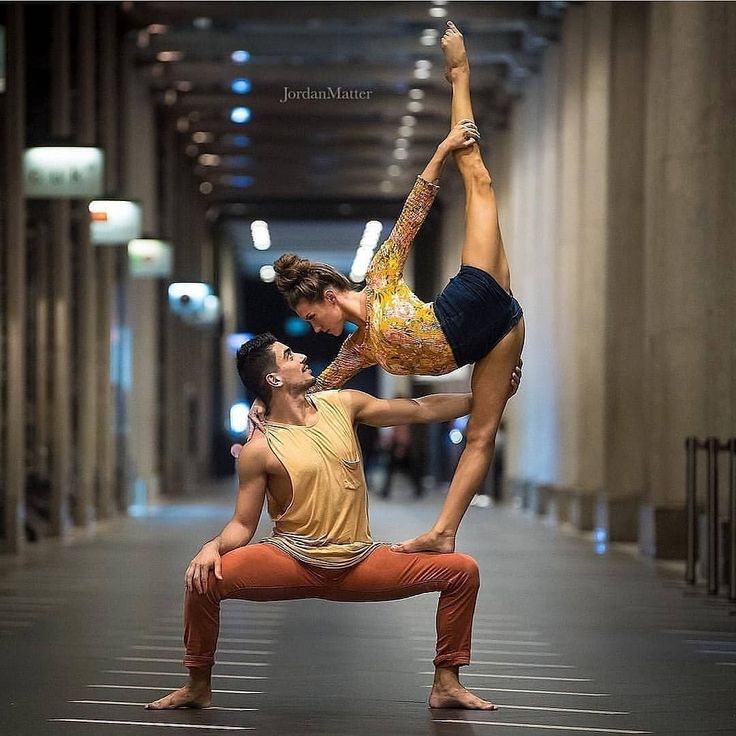 Let them get used to it!” I decided to consult the experts.
Let them get used to it!” I decided to consult the experts.
First of all I turned to my cousin, she is an acrobatics coach. She was very surprised by this teaching method and said that they work out all the elements only on mats. Children are placed on the bare floor only when they are ready for it. Then I turned to another specialist with the same question. The answer was the same.
In general, I failed to get through to the teacher, so we decided to leave this team. As a memory from the classes, only the displacement of the cervical vertebrae remained. Not very pleasant, of course!
Therefore, dear choreographers, if you don't know something, then you should definitely consult with specialists, and not engage in amateur performances. Children's health is the most important thing! This must be remembered!
The best thing is to take advanced training courses to experience everything for yourself. Although, of course, not every teacher, due to age and physical data, will be able to do this.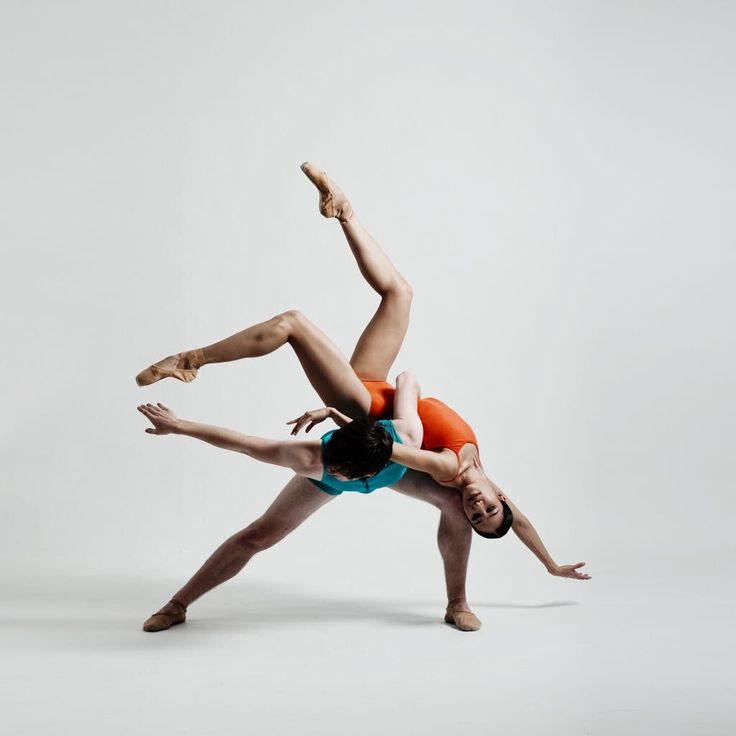 In this case, you must definitely buy a book or video course in order to at least learn the teaching methodology, and not engage in amateur performances.
In this case, you must definitely buy a book or video course in order to at least learn the teaching methodology, and not engage in amateur performances.
In connection with today's topic, I have a few questions. Do you use elements of acrobatics in your team? What elements do you study and where did you learn it yourself?
Thank you for your answers!
Sincerely, Natalia Dovbysh
Answers to all your questions in the Club Choreographer Online
35 comments
Acrobatic tricks in dance. Sports and acrobatic elements in dancing
Today I want to touch on the topic of acrobatics. In recent years, many teams have begun to use acrobatic stunts in their numbers. In my opinion, it really decorates the room.
The only thing worth remembering is that dance is primary, and acrobatics only complements and decorates it.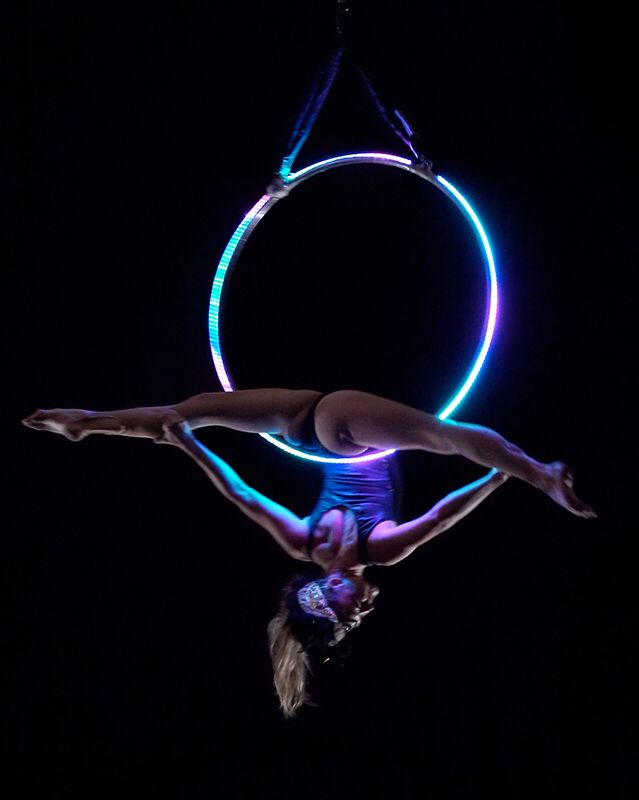 Some choreographers get too carried away and forget about it. As a result, we get not a dance, but an acrobatic sketch.
Some choreographers get too carried away and forget about it. As a result, we get not a dance, but an acrobatic sketch.
Here is an example of what not to do.
I don't know about you, dear friends, but for the first time I noticed the use of acrobatic elements in the performances of the Todes show-ballet. And I really liked it! Elements of acrobatics greatly enhance the effect and give the usual number an element of show.
The well-known team "Exciton" also widely uses elements of acrobatics in their performances, which make the performances brighter, stronger, enhance the impression.
I think many people have seen this Exciton video.
It's great, isn't it? Of course, behind this is a huge work, both children and teachers. But what an effect!
Of course, not all choreographers can afford to introduce acrobatic elements into their performances. There are many reasons. Most importantly, you need to know how to do it. Here, too, there is a technique. You can’t just say to a child: “Make a wheel!” He does not know how, he is afraid. As a result, nothing comes out. It is good if the teacher can show how it is done, sort it out, but not every teacher is given this due to age or any other reasons. How then to be?
You can’t just say to a child: “Make a wheel!” He does not know how, he is afraid. As a result, nothing comes out. It is good if the teacher can show how it is done, sort it out, but not every teacher is given this due to age or any other reasons. How then to be?
Secondly, it is imperative to observe safety precautions. This is a hazardous activity. Be sure to study all the elements under the supervision of a teacher and on mats.
I won't go far. As they say, a living example is nearby. Having moved to a new place of residence 8 months ago, I gave my daughter to the team, where choreography with elements of acrobatics is in progress.
My surprise knew no bounds when I saw that the children were doing somersaults, flips, etc. on the wooden floor. After classes, my daughter came with a red back, I generally keep quiet about bruises. I went to class reluctantly.
Then something happened to our neck, apparently some kind of displacement of the vertebrae. When you turn your head it sounds like something clicks.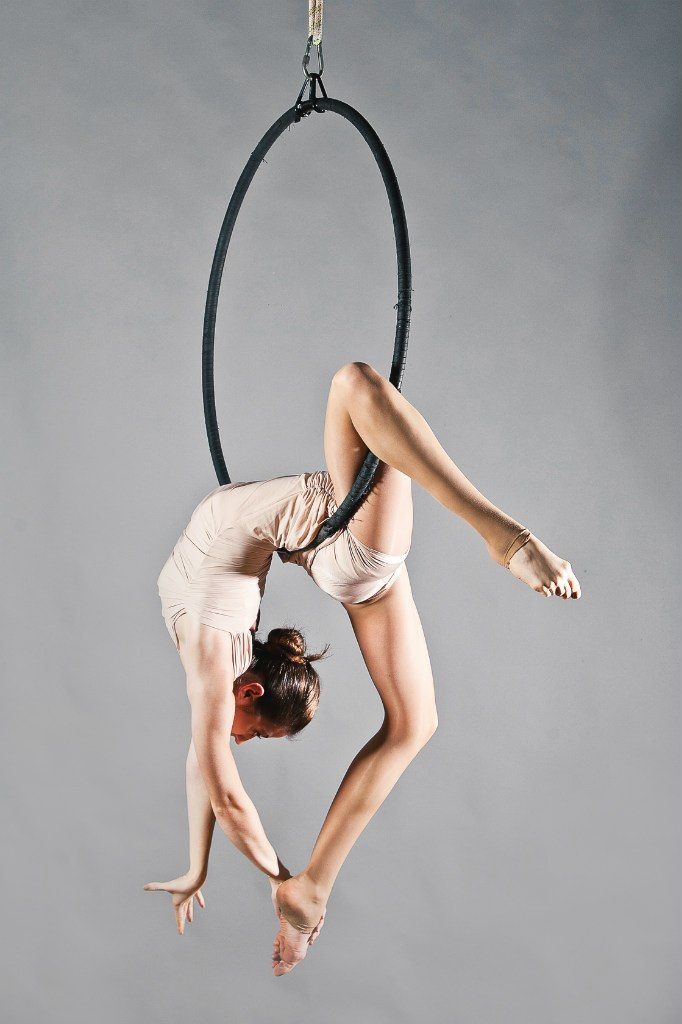 At the same time, the daughter said that the teacher did not insure her. Yes, and others too. She just said, "Do it!" Here is the result!
At the same time, the daughter said that the teacher did not insure her. Yes, and others too. She just said, "Do it!" Here is the result!
To my question: "Why don't children practice elements on mats?" the teacher answered: “They will not have mats on stage. Let them get used to it! I decided to consult the experts.
First of all I turned to my cousin, she is an acrobatics coach. She was very surprised by this teaching method and said that they work out all the elements only on mats. Children are placed on the bare floor only when they are ready for it. Then I turned to another specialist with the same question. The answer was the same.
In general, I failed to get through to the teacher, so we decided to leave this team. As a memory from the classes, only the displacement of the cervical vertebrae remained. Not very pleasant, of course!
Therefore, dear choreographers, if you don't know something, then you should definitely consult with specialists, and not engage in amateur performances.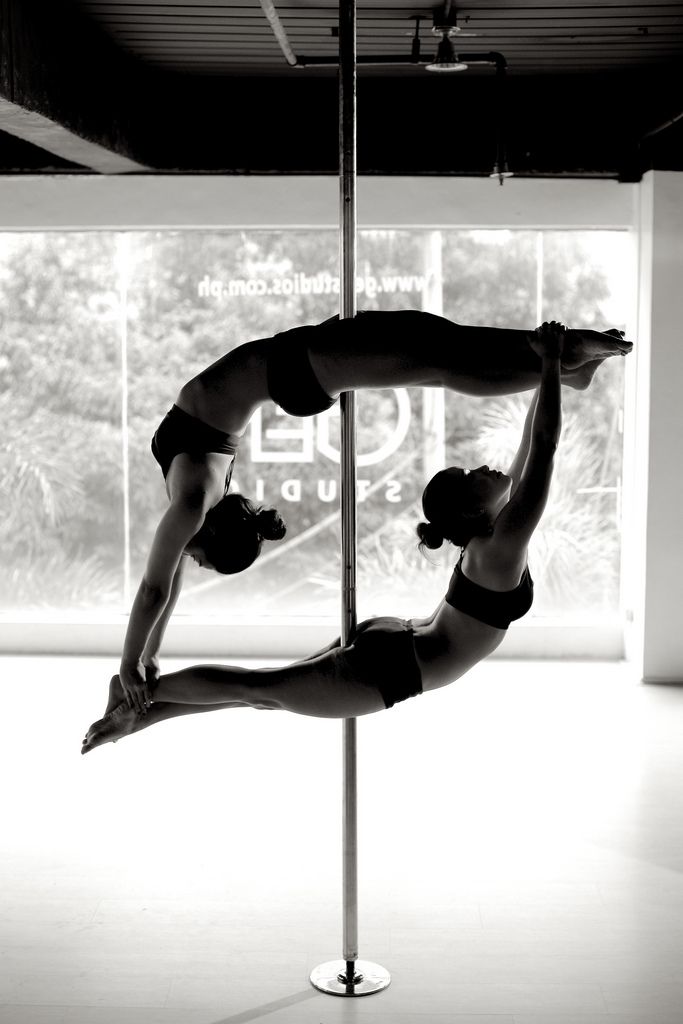 Children's health is the most important thing! This must be remembered!
Children's health is the most important thing! This must be remembered!
The best thing is to take advanced training courses to experience everything for yourself. Although, of course, not every teacher, due to age and physical data, will be able to do this. In this case, you must definitely buy a book or video course in order to at least learn the teaching methodology, and not engage in amateur performances.
In connection with today's topic, I have a few questions. Do you use elements of acrobatics in your team? What elements do you study and where did you learn it yourself?
Thank you for your answers!
Best regards, Natalia Dovbysh
Answers to all your questions in
* - Required fields
There are 2 halls in the studio. One of them with pylons. And there are plenty of different directions for these dances. When I asked for advice from the administrator to find out what was what and in what of ...
Added: 05/30/2018
In DanceFit studio not only provide children with active leisure, but also develop physical fitness and improve health.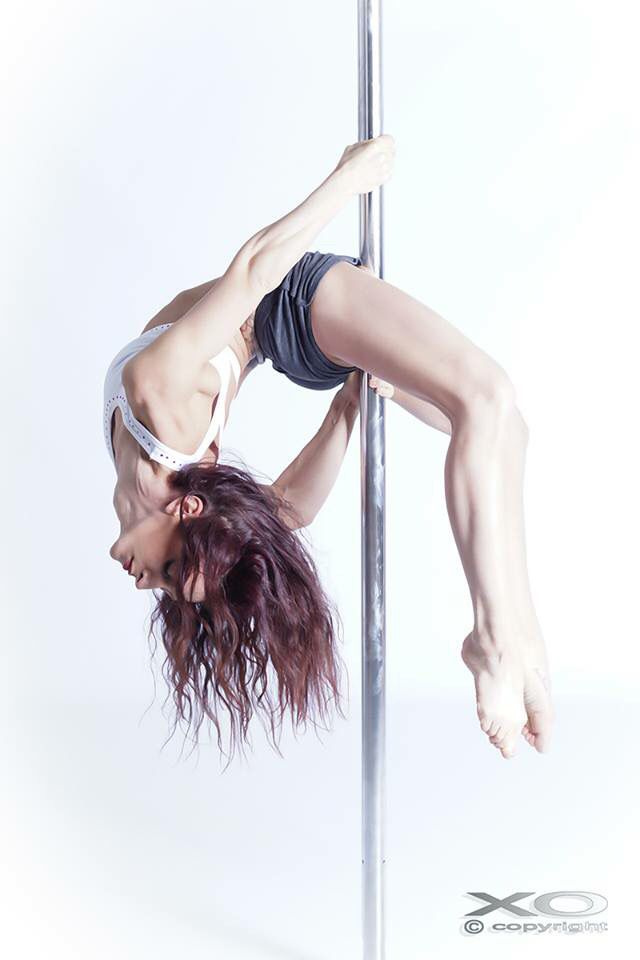
- Education promotes creativity, personal development and the ability to interact and work in a team. Also, children master the initial skills of acting and dramatic skills.
- Participation in circus performances, performances at reporting concerts, as well as other venues teach children to go towards their goals and achieve high results!
- Such training from a simple hobby can turn into a future profession.
Training is conducted by a trainer with 4 years of experience working with children and adults; 4 times Grand Prix winner; Multiple laureate of International and All-Russian competitions. Anna has mastered many genres: rubber, equilibrium, aerial gymnastics, acrobatics, juggling and Hula-Hups, and her pupils became holders of the diploma diploma and 1.2 degree laureate.
The trainer competently organizes each stage of training, and will do everything to make the children really interested and the classes are effective.
Equilibr
One of the most ancient genres of circus art is balancing act.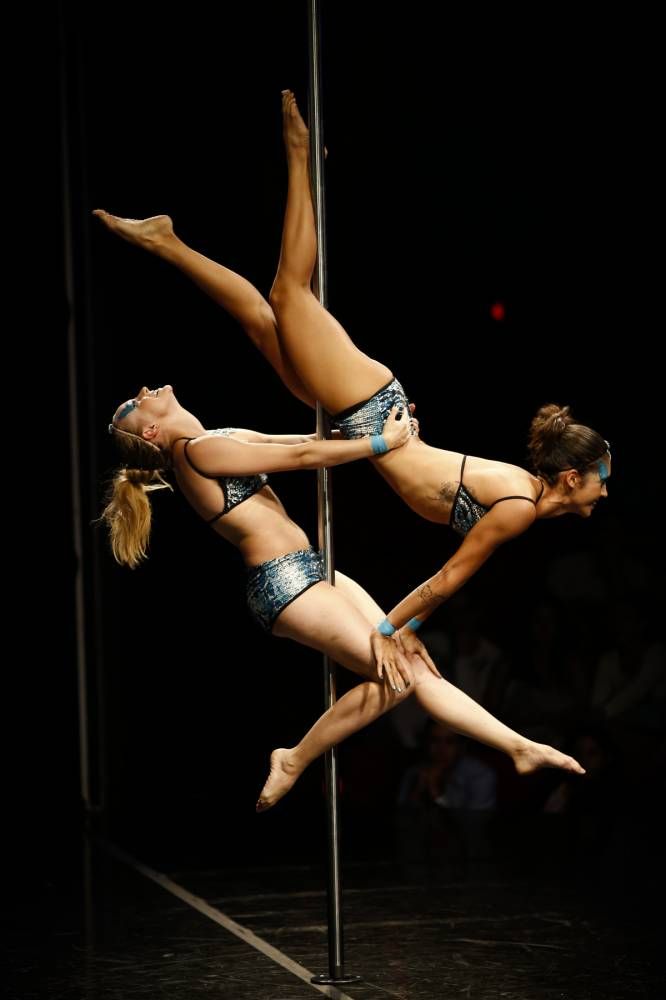 A feature of equilibrium and rubber is the ability to maintain balance in an unstable body position and flexibility. Your child will discover the possibilities of his body and do what at first glance seems impossible. The level of preparation and flexibility does not matter - in the classroom, an experienced teacher will select the load according to your strength.
A feature of equilibrium and rubber is the ability to maintain balance in an unstable body position and flexibility. Your child will discover the possibilities of his body and do what at first glance seems impossible. The level of preparation and flexibility does not matter - in the classroom, an experienced teacher will select the load according to your strength.
Acrobatics as an element of dance style
Physical exercises, which eventually became known as acrobatic, have been known since ancient times. People liked them and attracted those who dreamed of learning how to control their body, feel it, manage it and give everyone around them amazing spectacles, surprise them with their incredible physical abilities.
Acrobatics has always been developing, because it has become an effective means of educating the spirit and improving physical and moral qualities, which are necessary not only in sports, but also in everyday life and work. Over time, the monotonous and dry sports acrobatics were replaced by such a dance direction as acrobatic dances, which today are a full-fledged and vibrant show with the addition of many dance and acrobatic elements.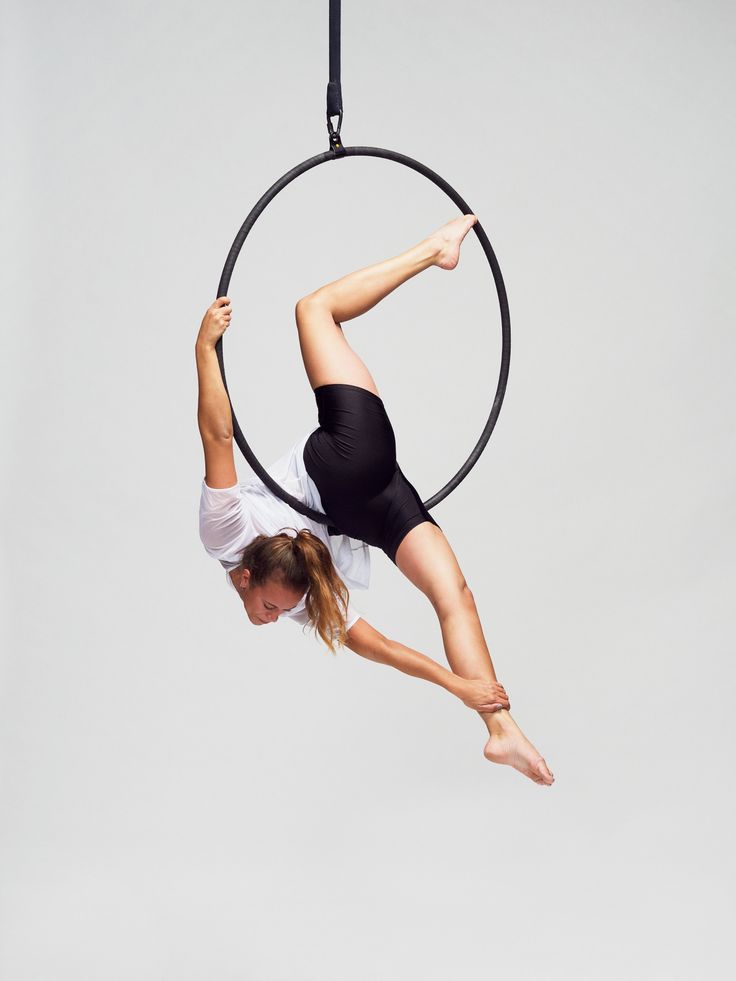
Acrobatic dance is a dynamic and very energetic dance, built on acrobatics with well-used acrobatic elements in the production, which makes it more spectacular, bright and memorable. This is an art that closely interacts with sports, because strength and endurance are as important here as plasticity and grace.
Acrobatic dances are also attractive because they can be easily combined with any, even the most unusual and completely unsportsmanlike, dance style or direction:
- modern;
- jazz;
- hip-hop;
- stripplasty;
- capoeira;
- rock and roll, etc.
It is this variety of dance styles and directions and their combination with acrobatic tricks that makes acrobatic dancing an incredibly attractive and popular trend among people who appreciate the perfect combination of dance and acrobatics itself. At the same time, acrobatic dances are 50% dance and 50% acrobatics.
The benefits of acrobatic dancing
Beautiful acrobatic dancing is the result of many hours of training, during which:
- coordination of movements develops;
- develops body flexibility and strength;
- develops the ability to control one's body, courage and determination;
- correct posture is formed;
- improves the functions of the vestibular apparatus.

And it is impossible to achieve mastery in acrobatic dance without developing physical and moral-volitional qualities in oneself, developing a sense of partnership, responsibility not only for oneself, but also for another. And this is very important not only in sports, but also in everyday life.
Especially useful are acrobatic dances in the studio for children, because they allow you to consolidate many skills and abilities, develop courage, endurance and willpower. At the same time, acrobatic dancing is incredibly beneficial for health. So, for example, acrobatic classes with a professional trainer contribute to the development and strengthening of the back muscles, which favorably affects the formation of the correct posture.
Moreover, acrobatic dances can also be considered as physiotherapy exercises. This is very relevant at the present time, when children spend more time in the virtual world and completely forget about sports and physical activity.
Acrobatic dances in Tula
Do you want to develop a sense of rhythm and artistry, get rid of the feeling of constraint or depression? Contact the DanceFit fitness and dance school in Tula and you will learn how to enjoy dancing. With us you will forget about shyness and over time you will be able to show everything that you are capable of and even more!
Our school is a unique antidepressant and provides a chance to love yourself for who you are, and dance classes with us are a great way to have fun and usefully, developing not only your creative thinking, but also your physical abilities.
We are proud of our talented, wise and experienced teachers who can turn anyone, even a beginner dancer, into a real professional. Having come to us once, you will not want to leave us, because here you will find friends, like-minded people and just like-minded people.
Within the walls of our school, not only dance elements are studied, but also various trick elements that help to make a dance performance colorful and spectacular.
Are you still wondering how to learn to dance acrobatic dances? Stop thinking, just come to our school! We will prove to you that everyone can dance!
Acro dance is a style that combines classical dance technique with the precision of acrobatic elements. This defines the sporting nature of the dance, its unique choreography, which incorporates elements of dance and acrobatics, as well as the use of acrobatics in a dance context. This is a popular dance style, both among amateurs and in professional dance theater such as Cirque du Soleil. Acro-dance in everyday life is usually shortened to just "acro".
Acro is a particularly challenging style for dancers as this dance requires the dancers to be trained in both dance and acrobatic skills. Acro dancers must be in excellent physical shape, because acro dancers are subjected to serious stress in the process of dancing. Although acro is a highly popular style of dance, many dance schools do not teach it, often due to a lack of funds or knowledge necessary for acrobatic training.
Acrobatic dance combines the elasticity of an acrobat with the grace of a dancer. Notably, acrobatic dance has been taught and performed in South Africa for over 50 years. Nine years ago, it was finally recognized as a sport and is now an officially registered discipline of the South African Gymnastics Federation.
Acrobatic dance appeared in the United States and Canada in the early 1900s as one of the types of productions that were shown in vaudeville. Although individual dance and acrobatic performances had already appeared in vaudeville for several decades before 1900, they did not become popular until the early 1900s, and did not combine dance and acrobatics to such an extent. Acrobatic dance did not suddenly appear in vaudeville, but rather, it appeared gradually over time in various forms, and consequently, no person has ever entered the annals of history as the creator of the acro.
With the decline of the vaudeville era, acrobatic dance underwent a gradual evolution until it became what we see today.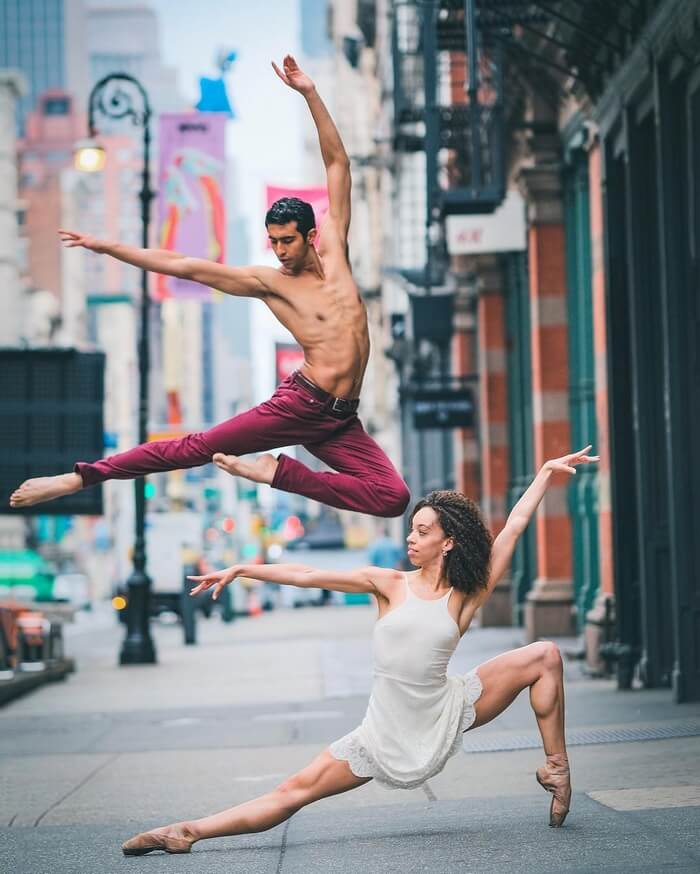 The most important aspect of this evolution is the integration of ballet technique as the basis for dance movements, resulting in the acro's refined forms and movements that were absent from the acrobatic dance of vaudeville. In addition, in vaudeville, acrobatic dances were often nothing more than acrobatics to music, while modern acro dance is fundamentally different - it is a dance, with acrobatic movements inscribed in it.
The most important aspect of this evolution is the integration of ballet technique as the basis for dance movements, resulting in the acro's refined forms and movements that were absent from the acrobatic dance of vaudeville. In addition, in vaudeville, acrobatic dances were often nothing more than acrobatics to music, while modern acro dance is fundamentally different - it is a dance, with acrobatic movements inscribed in it.
Acro teaches flexibility, balance, strength, muscle control, and above all, discipline and concentration. Good acro schools subsequently give more freedom of expression to the performer. In acrobatic dance, dance elements from ballet, jazz, modern dance, or even tap dance can be added to make the dance a reflection of personality. There are no rules restricting movement.
History
Acrobatic dance first appeared in the US and Canada in the early 1900s as part of vaudeville.
Composition
The composition of acrobatic dance is built on the basis of the etude-figurative style of arbitrary combinations.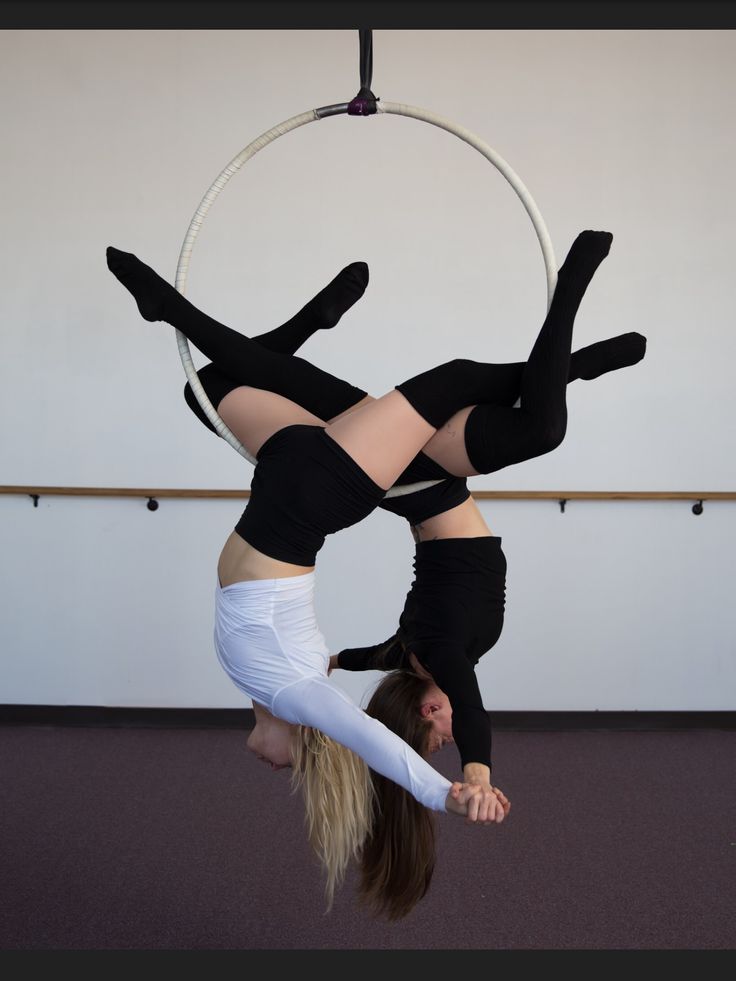 The etude-figurative style implies, along with good technical training, the presence of a level of expressive abilities and artistry. This style requires a special careful approach to the choice of music, the penetration into its content, the composition of its own plot (like a ballet libretto) and the search for expressive means. This style requires a deep study and careful mastering of gymnastic, acrobatic elements and connections, as well as the ability to create plastic, emotional-motor, or artistic images by athletes.
The etude-figurative style implies, along with good technical training, the presence of a level of expressive abilities and artistry. This style requires a special careful approach to the choice of music, the penetration into its content, the composition of its own plot (like a ballet libretto) and the search for expressive means. This style requires a deep study and careful mastering of gymnastic, acrobatic elements and connections, as well as the ability to create plastic, emotional-motor, or artistic images by athletes.
Funds
Basic expressive means of acrobatic dance:
- harmonious movements and postures;
- plastic expressiveness and facial expressions;
- dynamics, pace and rhythm of movement;
- spatial drawing, composition (creative construction to the music of individual elements and compounds).
Athletes may use elements of free movement and dance technique in their performance (for example, modern, jazz, classical, historical and everyday, folk and characteristic dances), but they should not dominate and be basic.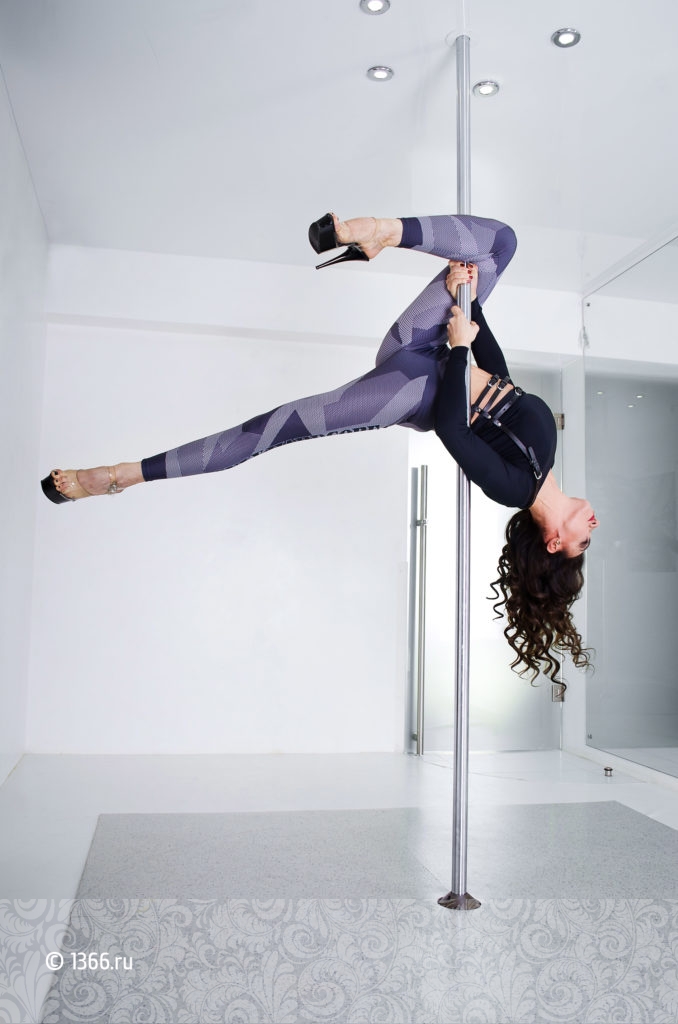
The costume must correspond to the etude-figurative style of acrobatic dance.
Forbidden
It is forbidden to use and include in the basis of the composition of acrobatic dance such directions, styles or disciplines as: sports aerobics, acrobatic rock and roll, as they already have their own pronounced sports or dance style and thus contradict the concept of etude-figurative style acrobatic dance.
It is forbidden to use additional props in an acrobatic dance on a stage or competition area.
See also
Notes
Links
Wikimedia Foundation . 2010 .
- Akryony (Petrikovskiy district)
- Acroballists
See what "Acrobatic dance" is in other dictionaries:
Dance - This article or section needs revision. Please improve the article in accordance with the rules for writing articles ... Wikipedia
Jazz dance - Modern Jazz Dancers Jazz dance is a classification that includes a wide range of dance styles. Under 1950s jazz dance refers to dance styles that originated from African American indigenous ... ... Wikipedia
Under 1950s jazz dance refers to dance styles that originated from African American indigenous ... ... Wikipedia
Rock and roll (dance) - This term has other meanings, see Rock and roll (meanings) ... Wikipedia
Swing (dance) - This term has other meanings, see Swing. Swing is a group of dances that developed during the "swing era" (late 1920s-1940s), as well as modern dances derived from them. Historically, swing has been categorized in African American ... ... Wikipedia
Boogie-woogie (dance) - This term has other meanings, see Boogie Woogie. Boogie-woogie is a social dance that appeared in Europe in the second half of the 1940s based on the Lindy Hop. Refers to swing dances, performed under rock and roll and rockabilly. Closest to ... ... Wikipedia Dictionary of Dmitriev
CHINA. SOCIETY - TRADITIONAL SOCIETY Class structure. Like other Eastern societies, traditional China has had a political structure with extraordinary power for centuries.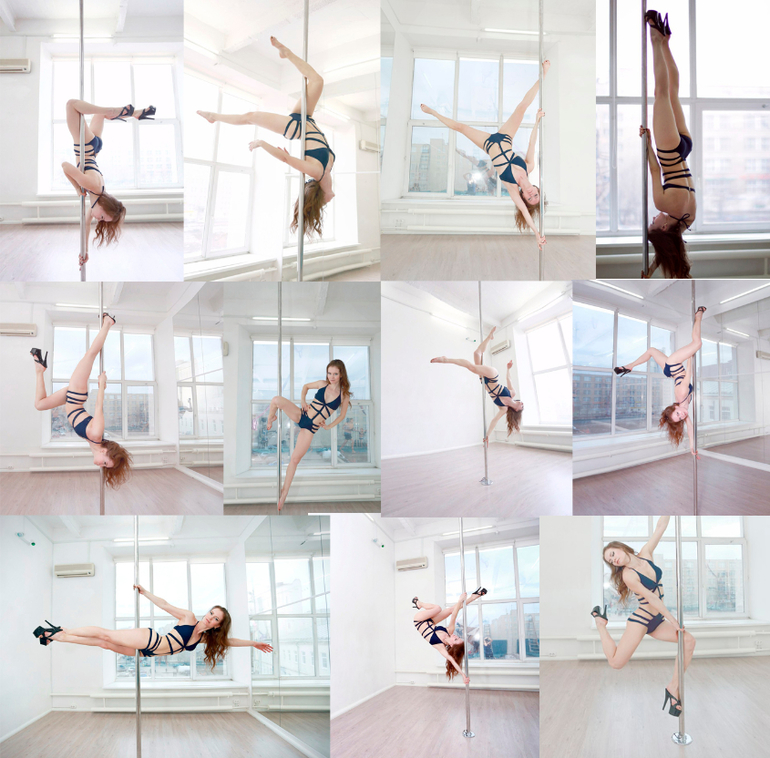 The emperor was the only source of power, ... ... Collier's Encyclopedia
The emperor was the only source of power, ... ... Collier's Encyclopedia
Acrobatic elements can be used in various dances. Thanks to them, dances become much brighter, more spectacular. You can name such as capoeira (it also applies to martial arts), break dance, hustle, acrobatic rock and roll. However, teaching this type of dance is quite difficult. But it is precisely because of the acrobatic elements that these areas are becoming popular among young people. Let's talk about some types of this direction.
Break dance (street dance), it has elements of acrobatics, it represents the trend of hip-hop culture. To perform acrobatic elements in it, a certain skill is required. Beginners, of course, will not be able to perform complex elements without getting injured in the process. But when the dance is performed by a master, it is very impressive, because the acrobatic elements are so perfect and magnificent that it is simply impossible not to admire them.
Acrobatic rock 'n' roll is also considered a sports dance, which is performed at various competitions.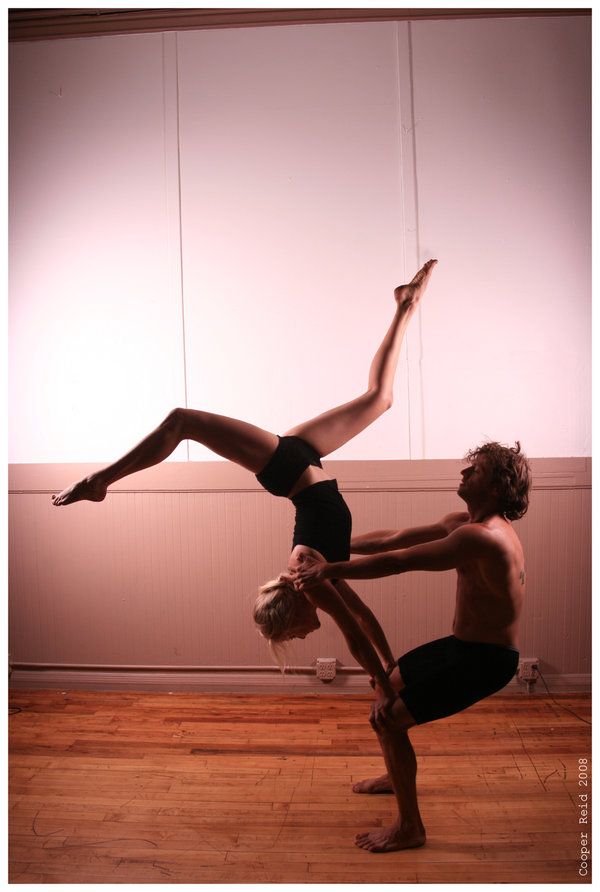 It is danced in a group or couple. In it, dance movements, acrobatic and choreographic elements are closely intertwined. It is performed to rhythmic music for only a minute and a half. In the program, characteristic foot movements are usually combined with acrobatic and semi-acrobatic elements that are used to decorate the dance, but they are taken into account when the winner is determined. All, without exception, acrobatic stunts must necessarily be associated with dance, and their separate performance does not play a special role. Women who dance dances with elements of acrobatics should pay special attention to their clothes, especially underwear, because. Properly selected women's underwear facilitates movement and liberates a woman, allowing her to perform difficult tricks.
It is danced in a group or couple. In it, dance movements, acrobatic and choreographic elements are closely intertwined. It is performed to rhythmic music for only a minute and a half. In the program, characteristic foot movements are usually combined with acrobatic and semi-acrobatic elements that are used to decorate the dance, but they are taken into account when the winner is determined. All, without exception, acrobatic stunts must necessarily be associated with dance, and their separate performance does not play a special role. Women who dance dances with elements of acrobatics should pay special attention to their clothes, especially underwear, because. Properly selected women's underwear facilitates movement and liberates a woman, allowing her to perform difficult tricks.
Couple dance - Hustle is an impromptu dance. It is called: "social dance", and you can dance it even with a partner you don't know very well. It is quite simple and dances to any tune you like. Acrobatic elements in this dance are mastered at the very last turn (upper acrobatics and other tricks).
